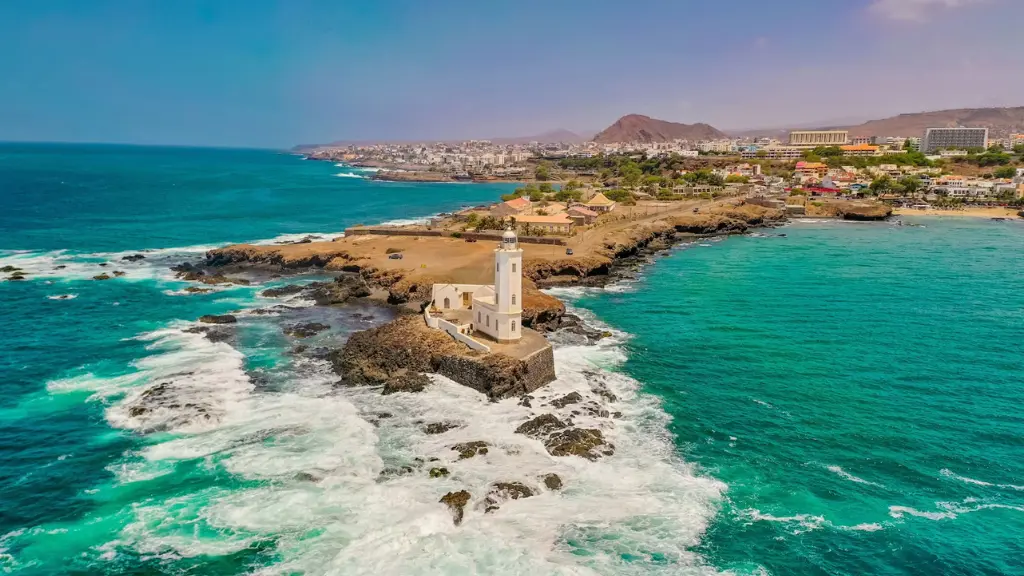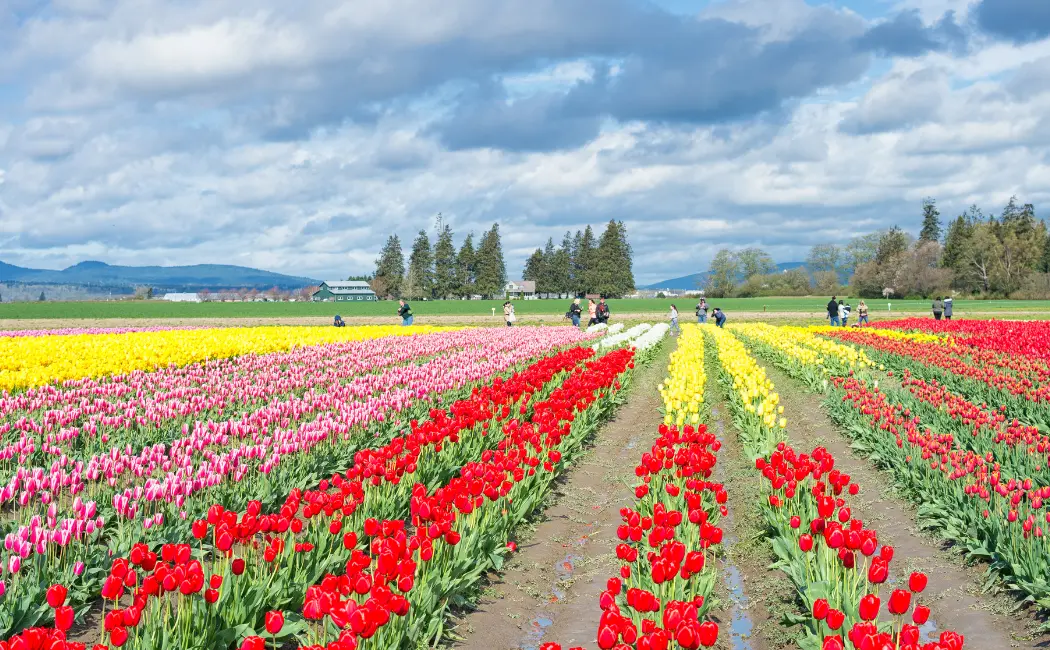Cabo Verde, also known as Cape Verde, is an archipelago of ten volcanic islands off the coast of West Africa. With beautiful beaches, vibrant music, and diverse landscapes, Cabo Verde offers a unique travel experience.
This guide covers what to know before visiting Cabo Verde for the first time, including top islands, activities, and travel tips.
You May Also Like: Explore 13 exclusive things to do in Paris
1. Getting to Know Cabo Verde
Cabo Verde is a culturally rich and ecologically diverse nation. The islands were colonized by the Portuguese in the 15th century and gained independence in 1975. The culture is a mix of African and Portuguese influences, with a friendly, laid-back vibe.
Cabo Verde consists of ten islands, each with unique characteristics. The climate is generally warm and dry, making it a great year-round destination.
2. Which Islands to Visit
Each island in Cabo Verde has its own charm. Here are some highlights for first-time visitors:
- Sal: Known for its beautiful beaches and vibrant nightlife, Sal is a great destination for sunbathers and watersports enthusiasts. Santa Maria Beach is one of the most popular spots, with clear water and plenty of activities.
- Boa Vista: Another beach lover’s paradise, Boa Vista is known for its sand dunes and turquoise waters. It’s quieter than Sal, offering a more relaxed vibe. It’s also the best island for spotting sea turtles.
- Santiago: This is the largest island and home to the capital, Praia. Santiago offers a mix of history, culture, and outdoor activities. The historic town of Cidade Velha, a UNESCO World Heritage site, is a must-visit.
- São Vicente: The cultural heart of Cabo Verde, São Vicente is famous for its lively music scene. The island hosts the annual Mindelo Carnival, which is one of the most vibrant celebrations in West Africa.
- Fogo: Known as the “volcano island,” Fogo has dramatic landscapes and is home to Mount Fogo, an active volcano. Hikers can trek up the volcano for stunning views.
3. Getting Around the Islands
Traveling between islands requires planning, as transportation options are limited. Domestic flights are the most convenient way to get from one island to another. TACV Cabo Verde Airlines and Binter Cabo Verde operate flights between islands. Ferries are available but can be slow and affected by weather.
Renting a car on larger islands like Santiago and São Vicente can be useful, especially if you plan to explore outside the main towns. In smaller towns, taxis are affordable and widely available.
4. Best Time to Visit Cabo Verde
Cabo Verde has a tropical climate, with warm temperatures year-round. The dry season, from November to June, is ideal for beach activities and exploring. The rainy season, from August to October, sees some rainfall, but it’s usually brief.
For music lovers, visiting in February for the Mindelo Carnival is a fantastic experience. The island of São Vicente transforms with colorful parades and live music, creating an unforgettable celebration.
5. Top Things to Do in Cabo Verde
Hit the Beaches
Cabo Verde boasts some of the most beautiful beaches in Africa. Santa Maria Beach on Sal and Praia de Chaves on Boa Vista offer soft sand, clear water, and plenty of options for sunbathing and swimming.
Experience Local Music and Dance
Music is a big part of Cabo Verdean culture. The islands are known for morna, a style of music that blends African and Portuguese influences. Mindelo on São Vicente is a hub for music, with live performances in local bars and annual music festivals.
Hike Mount Fogo
If you’re up for an adventure, hiking Mount Fogo is an incredible experience. The active volcano offers challenging trails with spectacular views. It’s recommended to hire a guide, as the terrain can be rugged.
Explore Cidade Velha
Located on Santiago Island, Cidade Velha is the oldest European settlement in the tropics. With its cobblestone streets, ancient fort, and churches, the town offers a fascinating glimpse into Cabo Verde’s colonial past.
Snorkeling and Diving
Cabo Verde’s clear waters are perfect for snorkeling and diving. Sal and Boa Vista have some of the best spots, with coral reefs, shipwrecks, and diverse marine life. Diving schools on the islands offer equipment rental and guided tours for beginners and experienced divers.
Quad Biking and Sandboarding
For those looking for adrenaline, quad biking on the sand dunes of Boa Vista and Sal is a thrilling experience. Sandboarding is another fun activity on Boa Vista’s dunes, providing adventure in the desert-like landscape.
6. Where to Stay
Accommodation in Cabo Verde ranges from luxury resorts to affordable guesthouses. Here are some options:
- Sal: Sal offers a range of hotels and resorts, from all-inclusive beach resorts to smaller guesthouses. Santa Maria has the most options.
- Boa Vista: Many resorts are located along Praia de Chaves. Boa Vista is ideal for those looking for a quiet, luxurious getaway.
- Santiago: Praia has a mix of budget accommodations, boutique hotels, and higher-end options. Staying in Praia also makes it easy to explore Cidade Velha.
- São Vicente: Mindelo has boutique hotels and charming guesthouses, catering to travelers looking to experience the island’s culture.
For a more immersive experience, consider staying at a local bed-and-breakfast or eco-lodge. These accommodations provide insights into Cabo Verdean life and support local businesses.
7. What to Eat
Cabo Verdean cuisine is a blend of African, Portuguese, and Brazilian flavors. Fresh seafood, tropical fruits, and hearty stews are staples. Here are some must-try dishes:
- Cachupa: A slow-cooked stew made with beans, corn, and meat or fish, cachupa is Cabo Verde’s national dish.
- Grogue: This sugarcane-based spirit is similar to rum and is popular on the islands. Many locals enjoy grogue in cocktails or as a shot.
- Seafood: Fresh fish, lobster, and octopus are abundant on the islands. Most restaurants offer seafood prepared with local spices and herbs.
- Pastéis: These deep-fried pastries, filled with fish or meat, are a popular street food. They’re great for a quick snack while exploring.
8. Essential Travel Tips
- Currency: The local currency is the Cabo Verdean escudo (CVE). In major tourist areas, euros are often accepted. ATMs are available, but it’s a good idea to carry cash in smaller towns.
- Language: Portuguese is the official language, but Crioulo, a blend of Portuguese and African languages, is widely spoken. English is understood in some tourist areas.
- Safety: Cabo Verde is generally safe for tourists, but it’s wise to take normal precautions, such as keeping an eye on belongings and avoiding isolated areas at night.
- Health: Tap water isn’t recommended for drinking, so bottled water is best. Sunscreen, insect repellent, and comfortable walking shoes are also essentials.
Final Thoughts
Cabo Verde offers a unique blend of natural beauty, rich culture, and adventure. From exploring vibrant music scenes and hiking volcanic peaks to lounging on stunning beaches, there’s something for every traveler. Cabo Verde’s friendly locals and relaxed atmosphere make it an ideal destination for first-time visitors.










